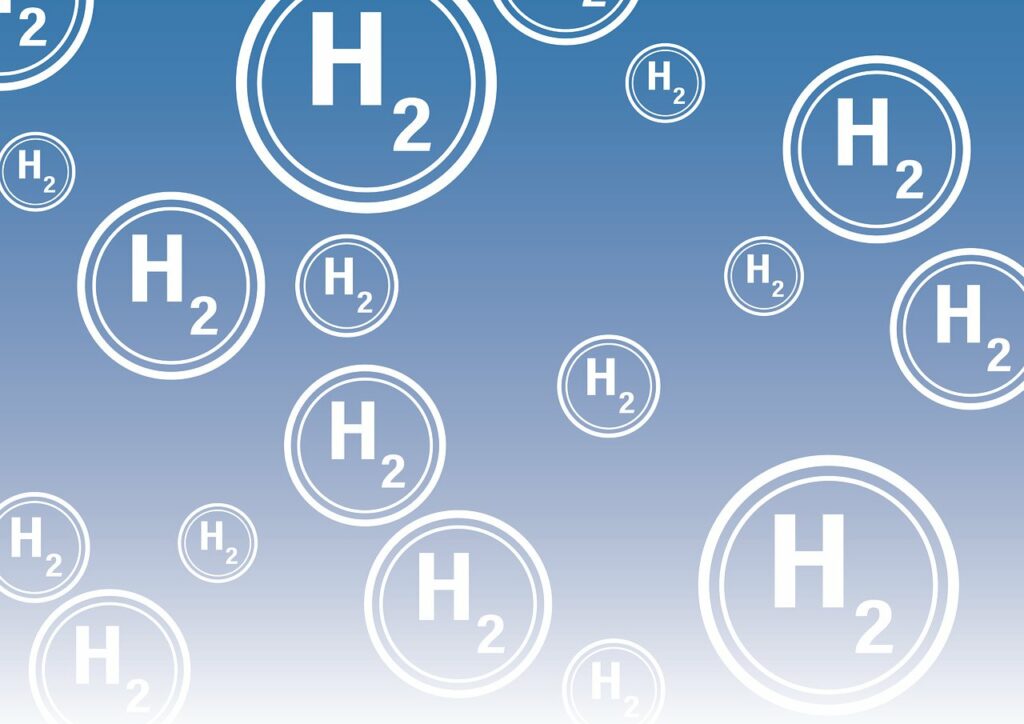Methanol has become increasingly recognized as a viable source of hydrogen production, which is important for sustainable development. Researchers have developed an experimental setup and a simulation model using Aspen Plus, which includes an evaporator and cracker for hydrogen production.
The study highlights factors such as the length and diameter of the cracker, temperature, and pressure and their effects on hydrogen production and methanol conversion. The optimal hydrogen mole fraction achieved in the experiments was 0.52, and methanol conversion was over 60% under specific conditions. However, these numbers improved significantly after the cracker was redesigned using Aspen Plus.
Hydrogen as a Clean Fuel
Amid growing concerns about environmental degradation and fossil fuel depletion, there’s been a push for sustainable development and energy conservation. The transportation sector contributes largely to global emissions, so finding alternatives is crucial. Hydrogen is a promising alternative fuel, especially for the automotive sector, because it only produces water as a by-product. There are various methods for producing hydrogen, including water splitting and pyrolysis of hydrocarbons, with thermochemical and electrochemical processes being the most efficient.
Methanol as a Hydrogen Carrier
Methanol is a favored hydrogen carrier due to its high hydrogen-to-carbon ratio and the ability to convert into hydrogen at relatively low temperatures. It can be sourced from renewable energy and is easier to store than hydrogen gas. Methanol’s conversion to hydrogen involves a range of reforming methods, and its resulting hydrogen can be used in engines and fuel cells to optimize performance and reduce emissions.
Research and Catalysts
Over the years, significant research has focused on different reforming methods, especially catalysis and mechanisms. Methanol decomposition has received attention for small-scale hydrogen and carbon monoxide production, often employing Pd- and Cu-based catalysts. This method is effective at moderate temperatures and pressures, making it suitable for various applications, including gas turbines and portable power sources.
Optimization through Simulation
Researchers validated their Aspen Plus simulation model using experimental data to optimize methanol reforming conditions. The key parameters influencing the process include temperature, pressure, and reactor dimensions. Results showed improved hydrogen yield and methanol conversion rates with optimized reactor designs.
Summary of Findings
The study’s findings suggest that optimizing reactor design and operating conditions can significantly improve hydrogen production from methanol. Key factors include the reactor’s length, diameter, temperature, pressure, and the type of catalyst used. This research offers valuable insights for developing compact, efficient methanol cracking units to produce hydrogen.
